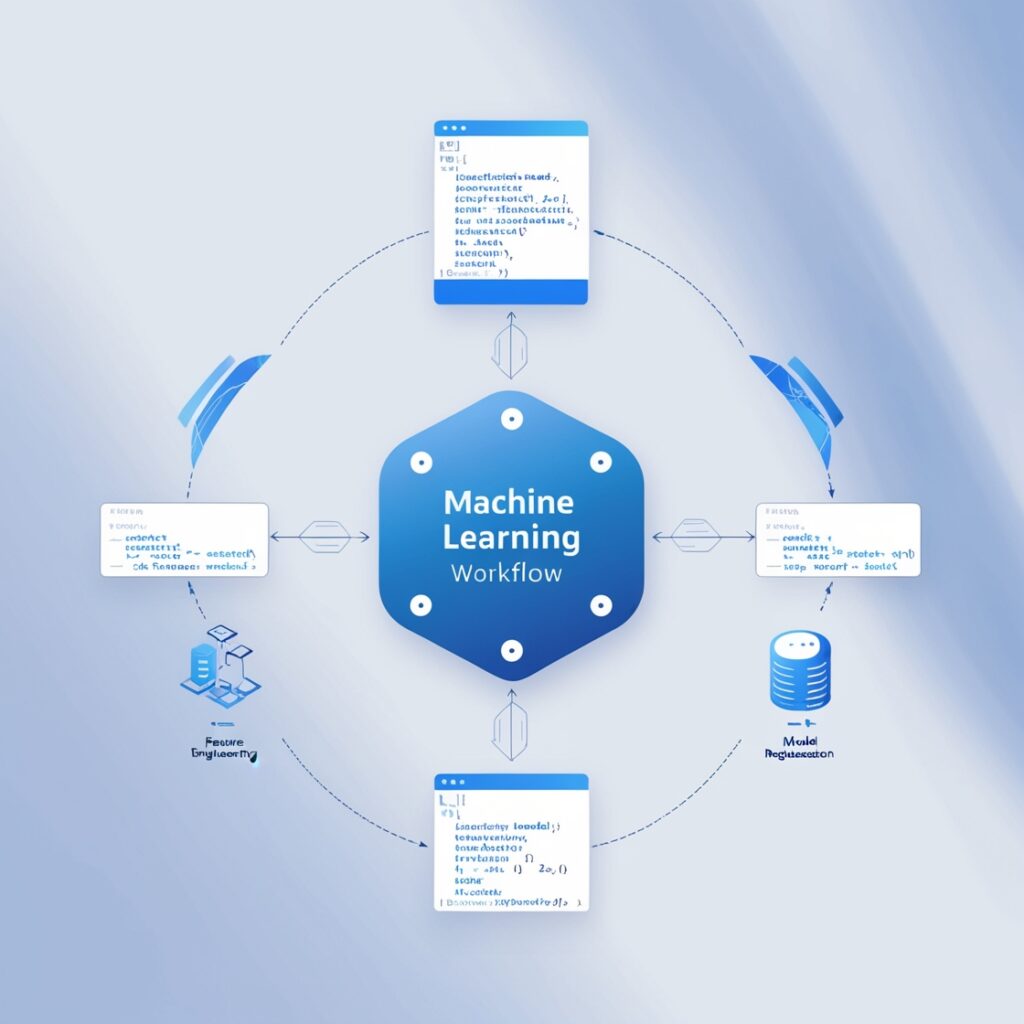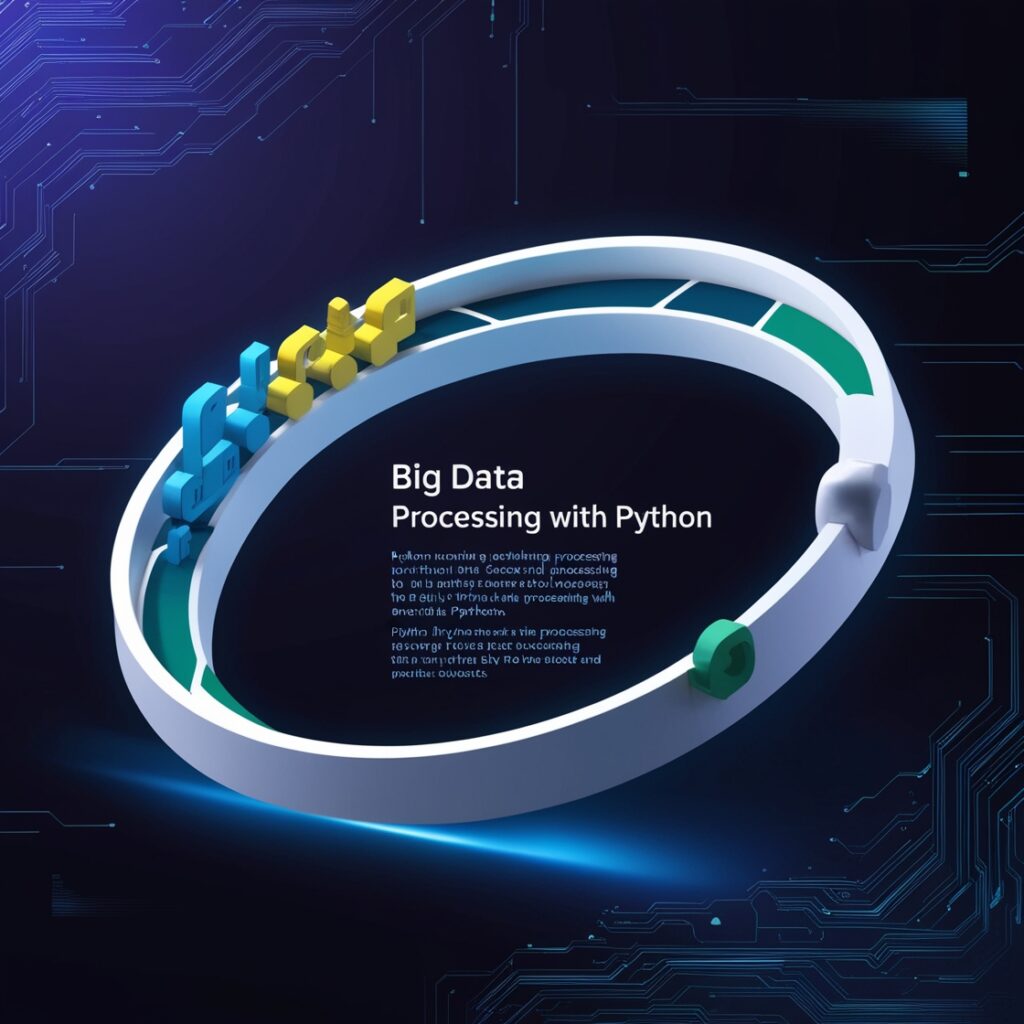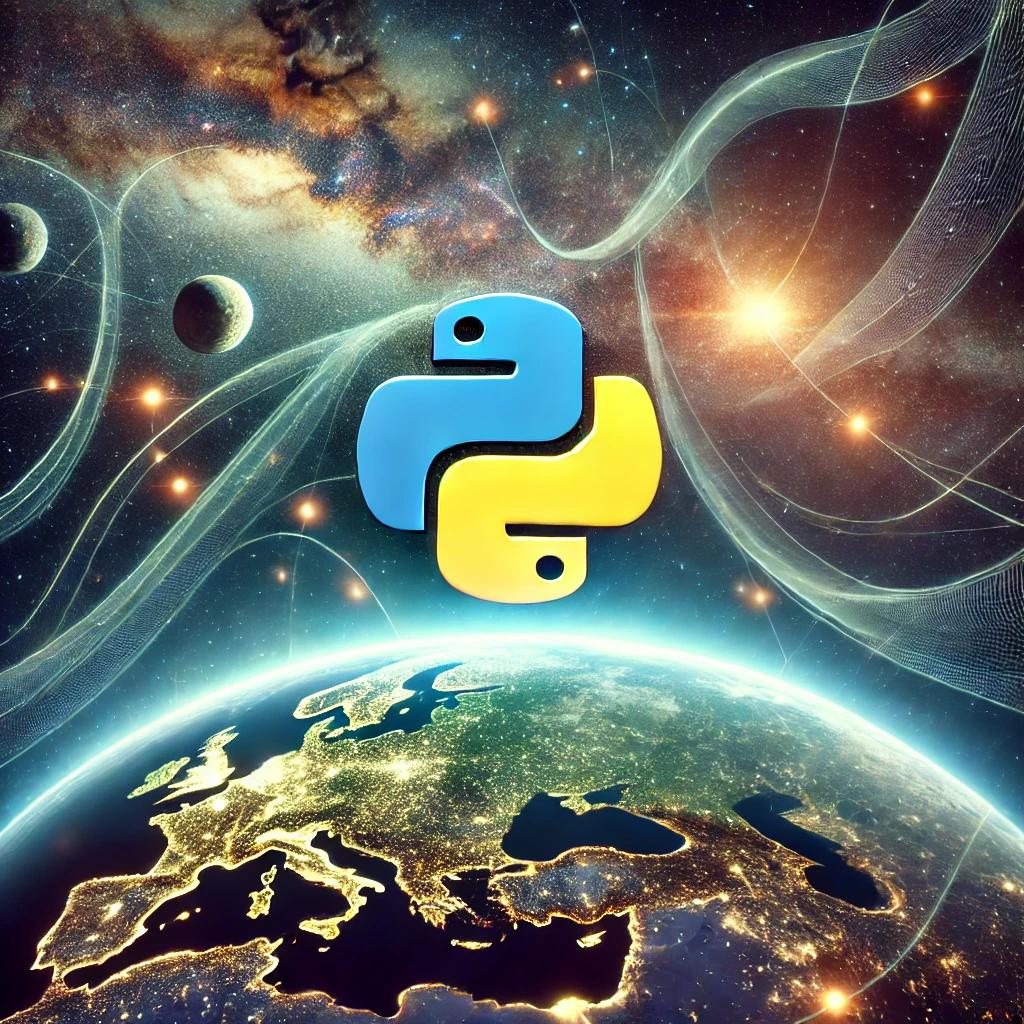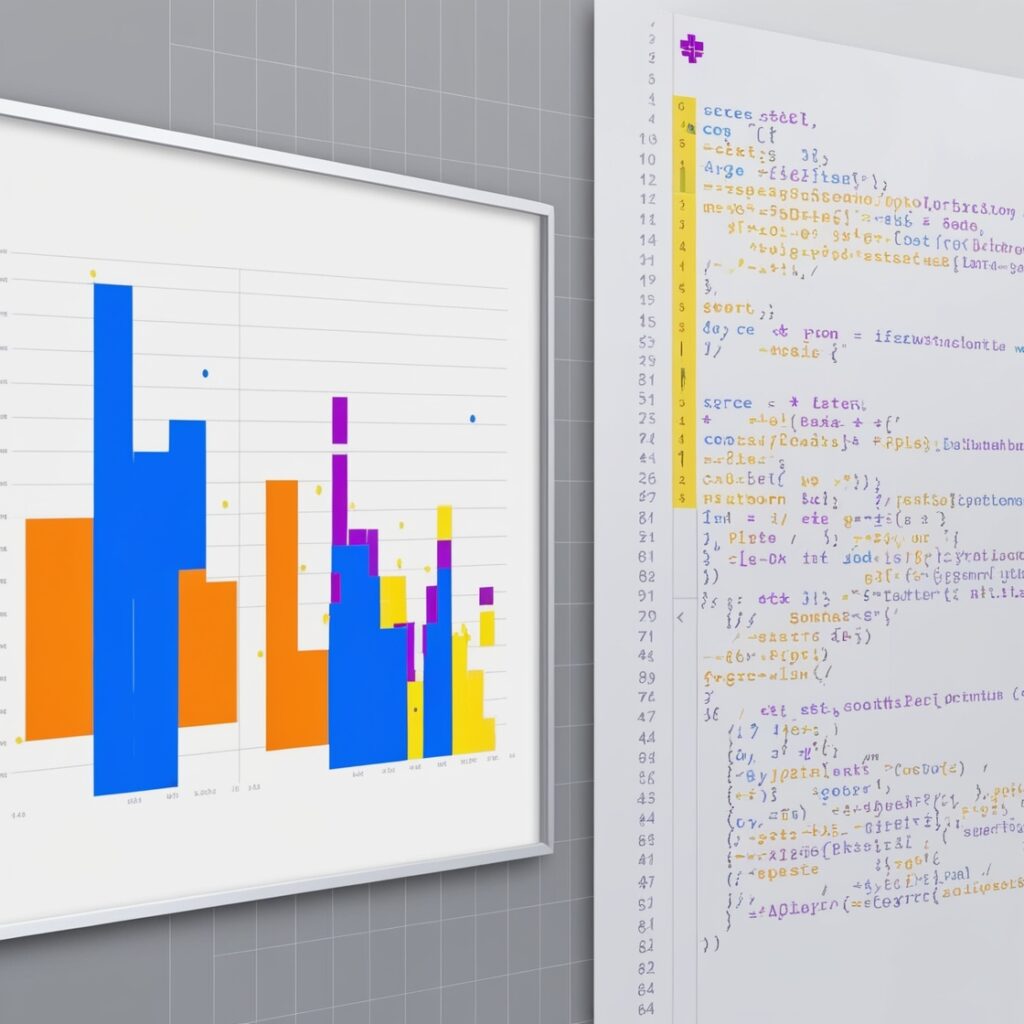Introduction

Nowadays, companies are increasingly using data analytics to gain actionable insights, make wise decisions, and stay ahead of the competition. After all, data is one of the most important assets. Data drives innovation, and utilizing this power is now essential for company success in many sectors. Businesses adept at comprehending and applying their data are better positioned to forecast market trends, streamline processes, and improve customer experiences.
The computer language Python for Data Analytics, which has quickly come to be associated with Data Science, is at the vanguard of this data revolution. Python’s user-friendly interface, adaptability, and vast library base make it an essential tool for those who work with data. Python’s ease of use makes it possible for even someone with no programming background to grasp the intricate world of data analysis, in contrast to more restricted programming languages. More experts are now able to participate in and advance the expanding field of data analytics.
Python’s abundance of specialized libraries, each specifically designed to tackle the particular issues faced by data analysts, is what sets it apart for data analytics. Python offers a complete toolkit that enables analysts to handle, analyze, and visualize data effectively. Tools like Pandas for data manipulation, NumPy for numerical computations, and SciPy for advanced analytics are just a few examples. Python is the language of choice for addressing the challenges of Big Data because of these packages, which are crucial for managing massive datasets.
Python’s significance extends beyond mere data processing; it is essential to the fields of data mining and machine learning algorithms, which are both necessary for creating predictive models and deriving profound insights from data. Python is a crucial tool for machine learning and automation, as businesses look to not only comprehend past data but also predict future patterns. This language is a vital addition to any current analytics toolkit because it can work with large-scale and real-time data.
Python for Data Analytics offers a comprehensive solution, ranging from developing intricate visualizations to constructing intricate prediction models. Python has become an indispensable tool for data scientists and analysts around the world because of its strength and variety, which allows them to lead innovation and influence the direction of data-driven decision-making in the future.
The Role of Python in Data Analytics

It offers a broad range of libraries that make the life of a Data Analyst more efficient:
- Pandas: Essential for Data Manipulation, this library allows for easy handling and analysis of structured data.
- NumPy: A core library for numerical computing, NumPy enables fast array manipulation and computation, making it indispensable for Data Science.
- Data Wrangling: Python plays a key role in cleaning and transforming messy data, preparing it for deeper analysis, an essential step in any Data Analytics workflow.
- Jupyter Notebook: A popular environment used by many Data Analysts for documenting and sharing analyses interactively.
Python’s Impact on Machine Learning and Predictive Modeling
Python is used for far more than just data processing and statistical analysis; it’s essential in disciplines that are much more complex, such as predictive modeling and machine learning algorithms. Businesses hoping to forecast trends, make data-driven decisions, and obtain a competitive edge must focus on these areas.
Because of its extensive library, especially Scikit-learn, which makes building and implementing machine learning models easier, Python has had a revolutionary impact on the field of machine learning. Because Scikit-learn has a user-friendly interface and a wealth of capabilities, Data Analysts can investigate sophisticated algorithms without requiring a deep understanding of machine learning, which makes these effective techniques more widely applicable in a variety of industries.
Data Analysts may create a range of machine-learning models to solve various business problems using Python’s Scikit-learn package. The library allows analysts to analyze client behavior, estimate demand, and find patterns within data by supporting a wide range of techniques like classification, regression, and clustering.

Classification algorithms, for instance, can be used to classify emails as spam or anticipate customer attrition, while regression models are crucial for predicting sales or figuring out how different business variables relate to one another. In contrast, clustering algorithms facilitate the grouping of related data points together, like in the case of identifying consumer categories for targeted marketing campaigns. Because of Python’s flexibility, data analytics models can be adjusted to match the unique demands of any organization and are constructed effectively.
Python makes the testing and deployment procedures easier when the machine learning models are constructed. Data Analysts may test their models using Scikit-learn’s tools for assessing model performance using measures like accuracy, precision, and recall before using them in practical situations. Furthermore, organizations can easily implement these solutions and gain insights in real-time thanks to Python’s simple deployment and connection with other tools and platforms.
Data Analysts can continuously enhance their predictive modeling efforts by having the speed to test and refine models, which gives firms the flexibility to adjust to evolving market trends and shifting data patterns. To sum up, Python for Data Analytics offers a strong and practical foundation for implementing advanced machine learning methods, turning unprocessed data into useful insights that promote company growth.
Data Visualization with Python for Data Analytics
A key element of data analytics is data visualization, which turns complicated statistics into easily understood insights that improve decision-making. Python for Data Analytics gives analysts access to robust libraries like Seaborn and Matplotlib, enabling them to produce intricate and eye-catching data visualizations.
A fundamental tool, Matplotlib provides a high level of customization for a broad range of visualizations, from simple bar charts and line graphs to more intricate plots like scatter plots and histograms. It is a vital tool for communicating intricate trends, comparisons, and patterns in an understandable manner because of its adaptability, which enables data analysts to exactly customize their graphics to the requirements of the investigation.
Using sophisticated features like heatmaps, pair plots, and violin plots that enable a more thorough examination of relationships within data, Seaborn builds upon Matplotlib to make it easier to create visually appealing and statistically meaningful plots. Data analysts can create powerful graphics with less work thanks to Seaborn’s simplified methodology, which also helps uncover insights that could otherwise be obscured in raw data.
When combined, these technologies improve Python for Data Analytics’ capacity to convey results to stakeholders who are technical and those who are not, converting data into useful insights that can influence strategic choices and encourage creativity in businesses. Python facilitates the transition from intricate research to practical implementation by transforming data into visual storytelling.

Conclusion
More than a fad, Python for Data Analytics is a revolution that has completely altered the field of data science and analytics. The language is among the most potent tools accessible to data analysts today because of its simplicity of use and robust library environment. Even individuals with little programming knowledge may easily manage and analyze data thanks to Python’s user-friendly design and clear syntax.
Python is essential in the field because of its accessibility and versatility in managing tasks ranging from data processing to machine learning. From cleaning and converting raw data to developing sophisticated machine learning models and producing easily comprehensible visuals, it enables analysts to take on a variety of jobs.
The extensive ecosystem of libraries, including Pandas, NumPy, Scikit-learn, Matplotlib, and Seaborn, that are specifically designed to address various facets of data analytics is what distinguishes Python for Data Analytics. These libraries offer the means to carry out intricate statistical analyses, effectively clean and manage big datasets, and even implement sophisticated machine learning algorithms.
Python’s capacity to manage vast volumes of data and carry out operations like predictive modeling is becoming even more important as businesses depend more and more on Big Data to inform decisions and guide business strategy. Python’s status as a vital tool in contemporary analytics is further cemented by its adaptability, which enables companies to predict future trends, optimize processes, and make data-driven decisions.
The need for experts in Python for Data Analytics will only increase as data science advances and more businesses recognize the value of data-driven strategy. Learning Python is essential to remaining competitive in this expanding industry, as industries want personnel who can handle the complexities of Big Data and Predictive Modeling.
Learning Python is not merely a nice-to-have for prospective data analysts; it is necessary for professional advancement. Gaining more knowledge about Python can greatly improve the skills of seasoned experts and lead to new prospects in a world that is becoming more and more data-centric. Gaining proficiency in Python for Data Analytics will be essential to succeeding in the dynamic and quickly changing field of data analytics, as companies continue to view data as a key asset.



